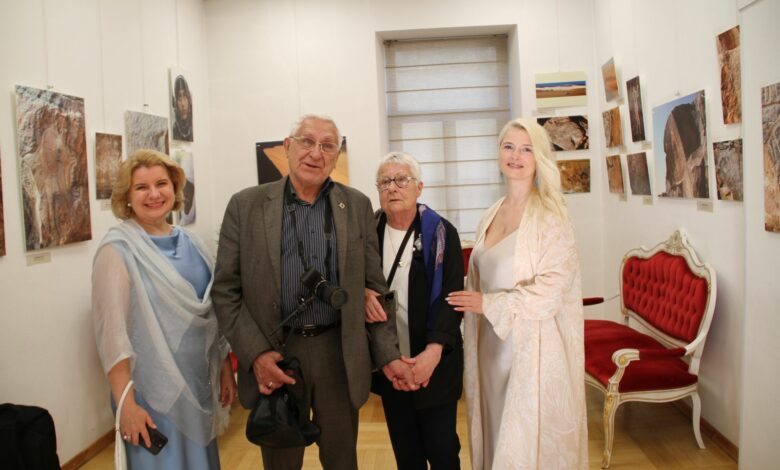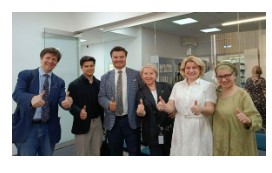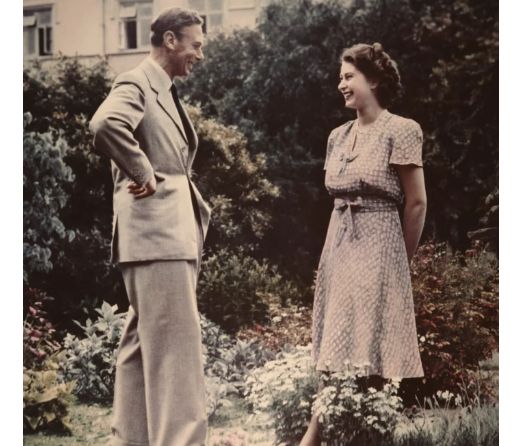Moscow Hosts Photo Exhibition “Petroglyphs and Rock Art of the Libyan Sahara” in Celebration of 70 Years of Russia–Libya Diplomatic Ties

The Moscow House of Nationalities opened its doors to a striking new photo exhibition titled “Petroglyphs and Rock Art of the Libyan Sahara”, marking the 70th anniversary of diplomatic relations between the USSR/Russia and Libya.
The exhibition was organized by the Embassy of the State of Libya in the Russian Federation, the Commission for Public Security and People’s Diplomacy of the Council for Nationalities Affairs under the Moscow Government, and the Russian-African Club of Lomonosov Moscow State University. It was held with the support of the Russian Embassies in Libya and Tunisia, Rossotrudnichestvo, and the Russian House in Tunisia.
At the heart of the exhibition are the photographic works of N.A. Sologubovsky, capturing the unique and ancient rock art found in Libya’s vast Sahara Desert. These images document petroglyphs and rock paintings from four major historical eras:
-
The Era of Hunters (approx. 12,000–4,000 BCE) – featuring engravings of wild animals and human figures.
-
The Era of Pastoralists (approx. 8,000–1,500 BCE) – noted for vibrant frescoes depicting animals and scenes of daily life.
-
The Era of the Horse (11th century BCE to ~500 CE) – associated with the Garamantes Kingdom.
-
The Era of the Camel (1st century BCE to 5th century CE).
These overlapping eras reveal a rich tapestry of cultural expression preserved in stone. Libya’s renowned archaeological sites—Wadi Mathendoush, Uweinat, and the Acacus Mountains—have been declared “Treasures of Humanity” by UNESCO, yet remain largely unknown to Russian audiences. This exhibition seeks to change that.
Russian scholars and explorers have played a pivotal role in researching and documenting this ancient art. Among them are:
-
A.B. Podtserob – Historian, diplomat, and former Ambassador of the USSR/Russia to Libya.
-
N.A. Sologubovsky – Historian, writer, filmmaker, and exhibition curator.
-
I.N. Sologubovsky – Orientalist, designer, and architect.
The exhibition’s opening ceremony welcomed diplomats, cultural leaders, officials from the Russian Ministry of Foreign Affairs, Rossotrudnichestvo, representatives from leading academic institutions including Moscow State University, and various national-cultural organizations. Russian and foreign media also covered the event.
The event included a book launch on the Libyan Sahara and screenings of Libyan and Russian films, adding cultural depth to the exhibition’s visual narrative.
More than just a cultural showcase, the exhibition serves as a symbol of friendship and mutual respect between Russia and Libya. It also aims to raise awareness about Libya’s rich heritage during a time of national transition. Plans are already underway to take the exhibition to other Russian cities and international destinations.





